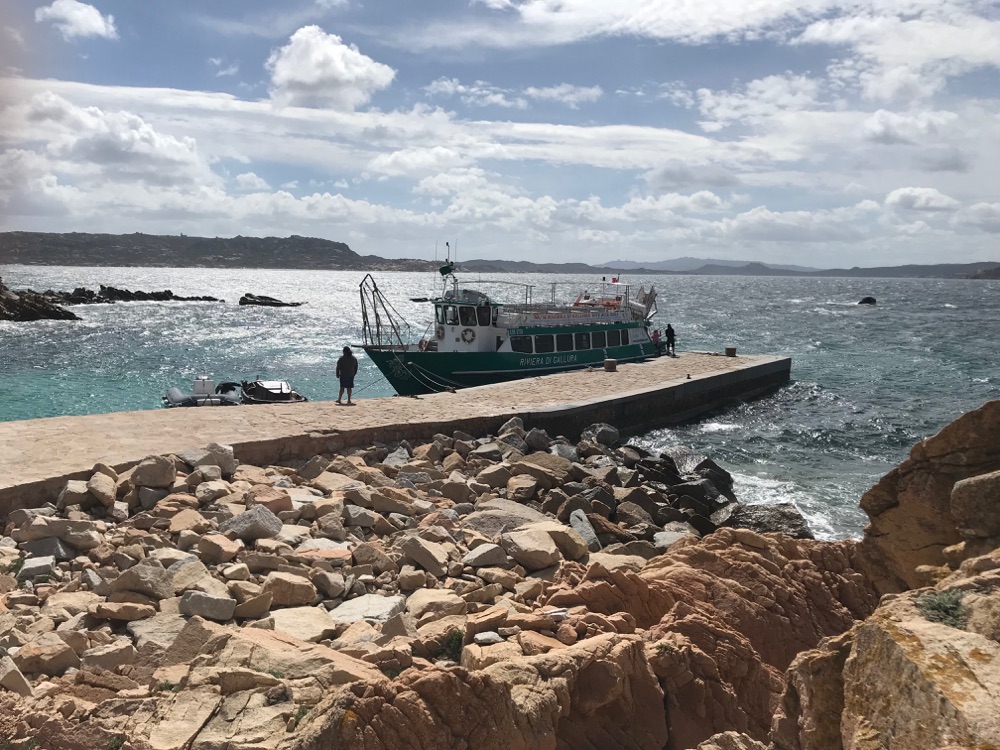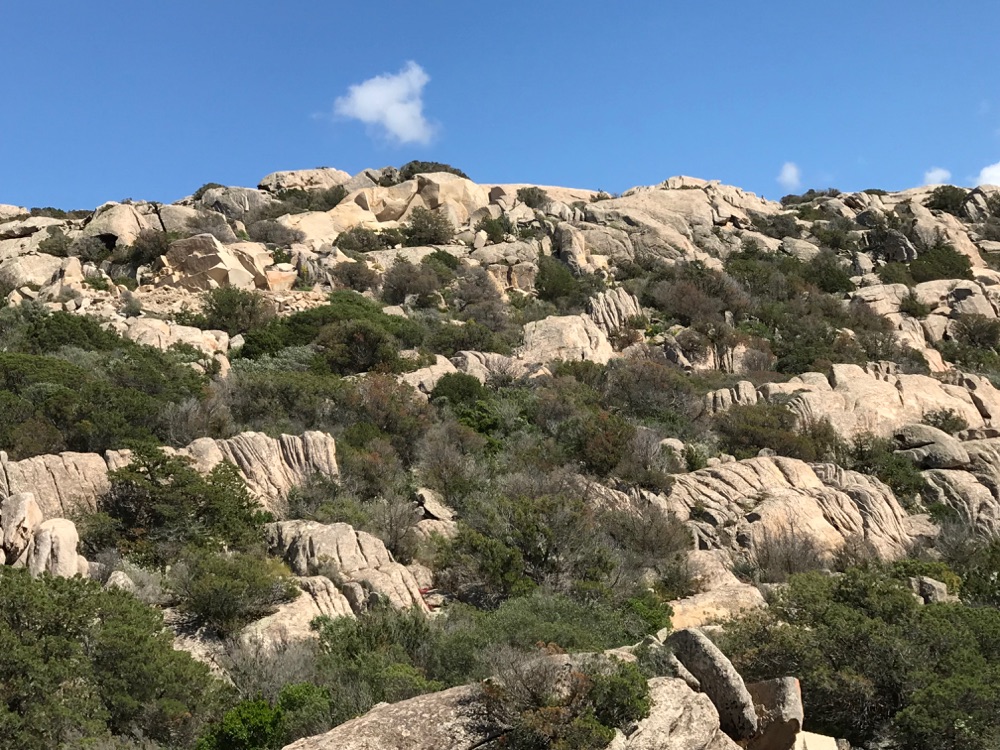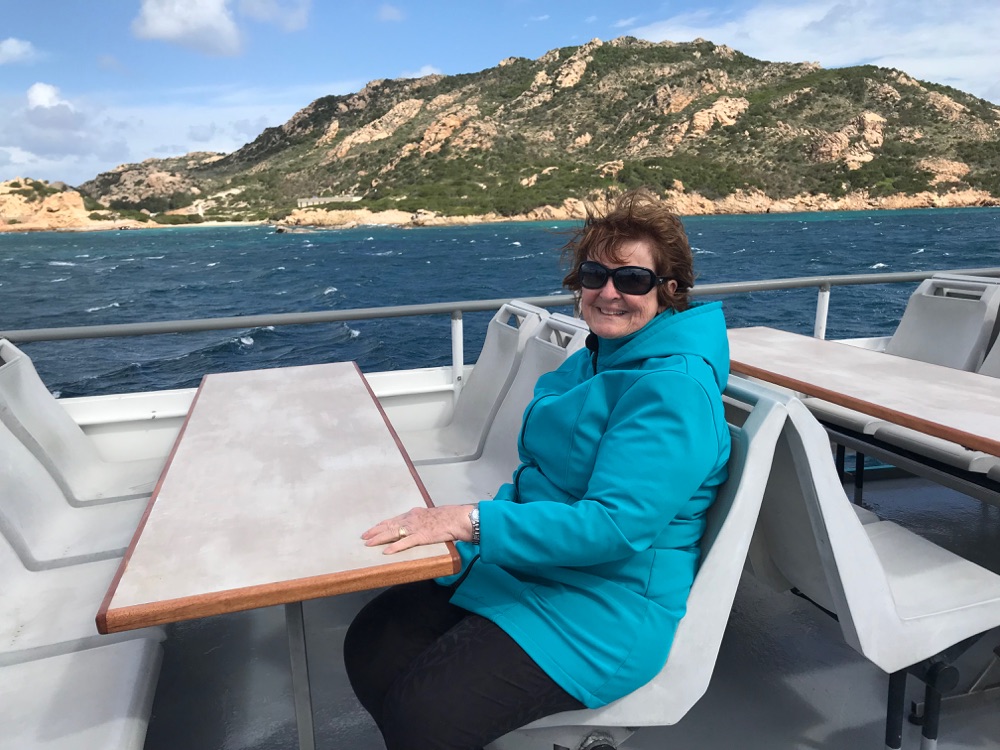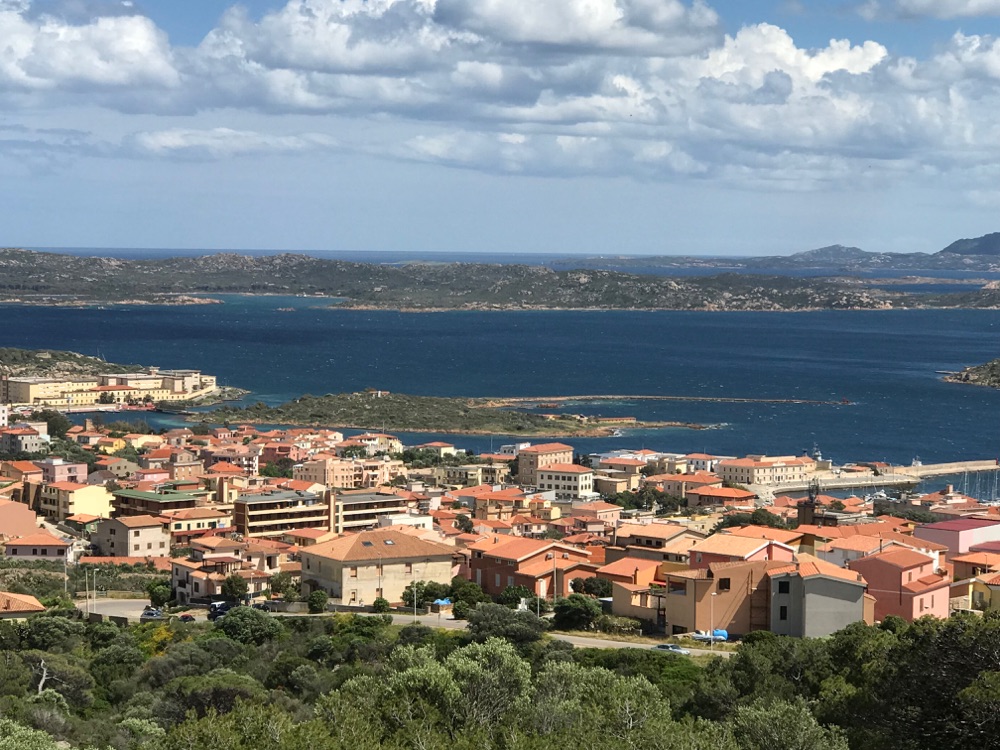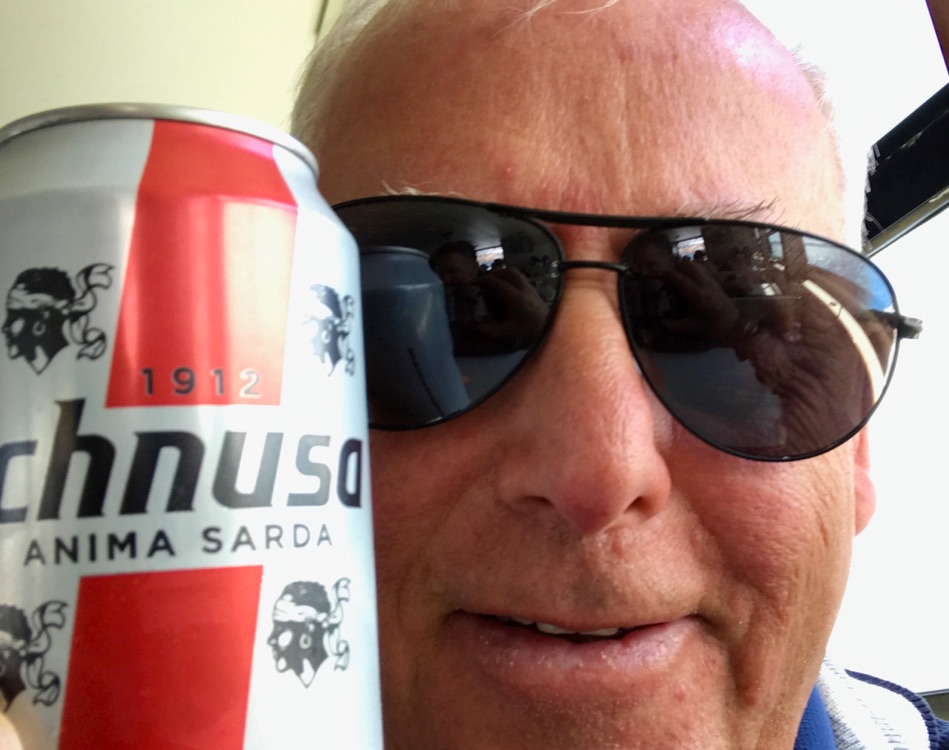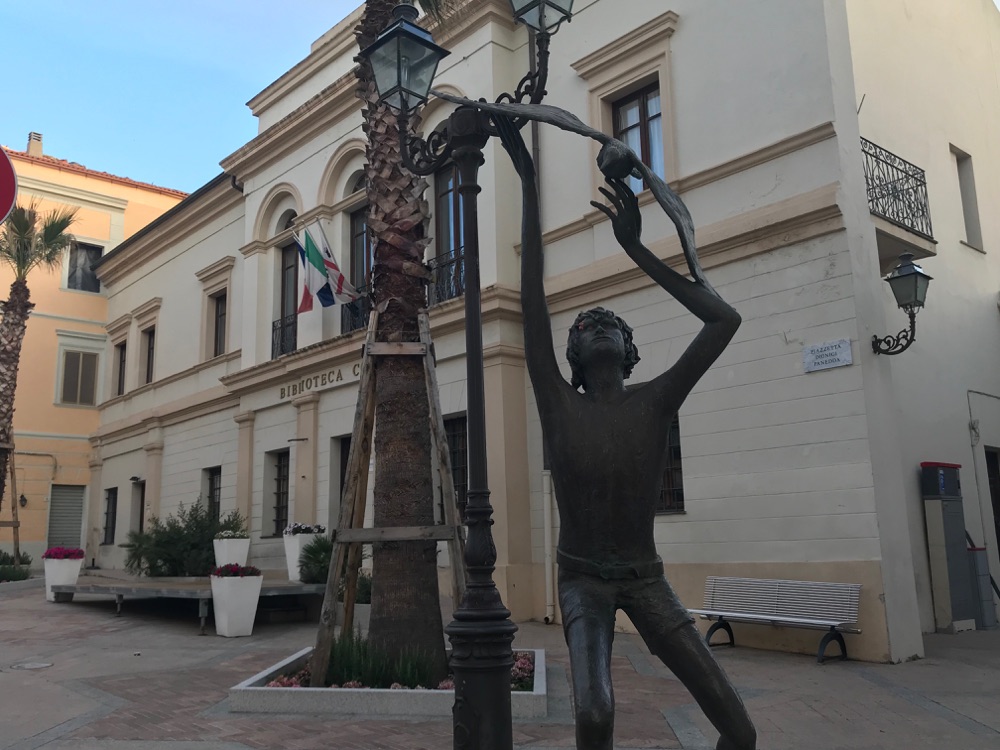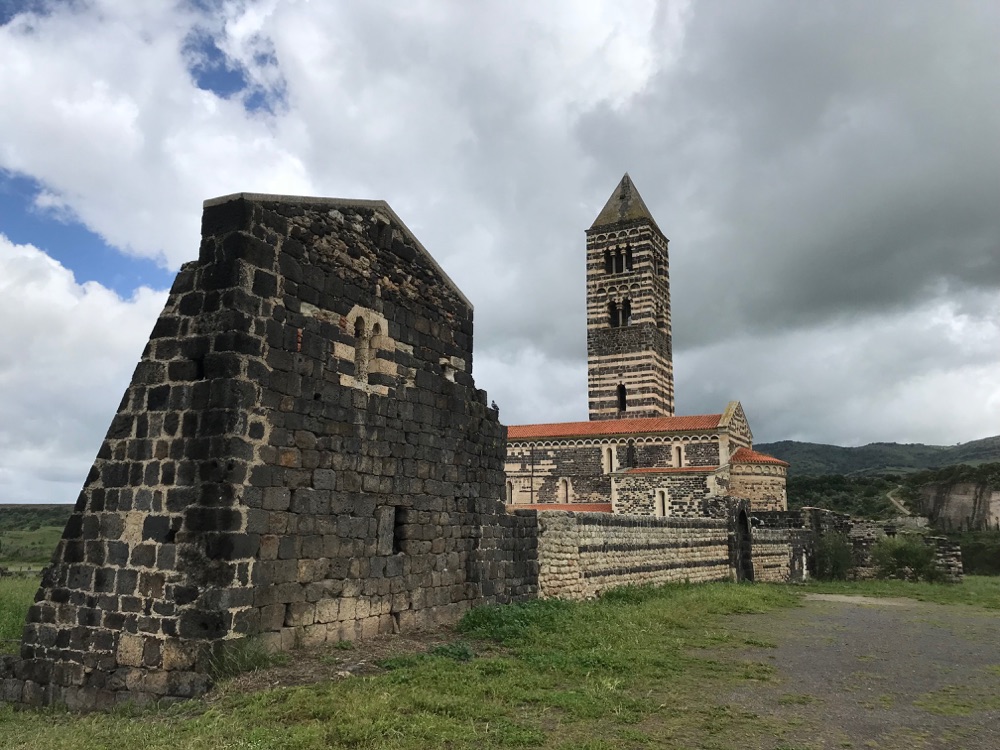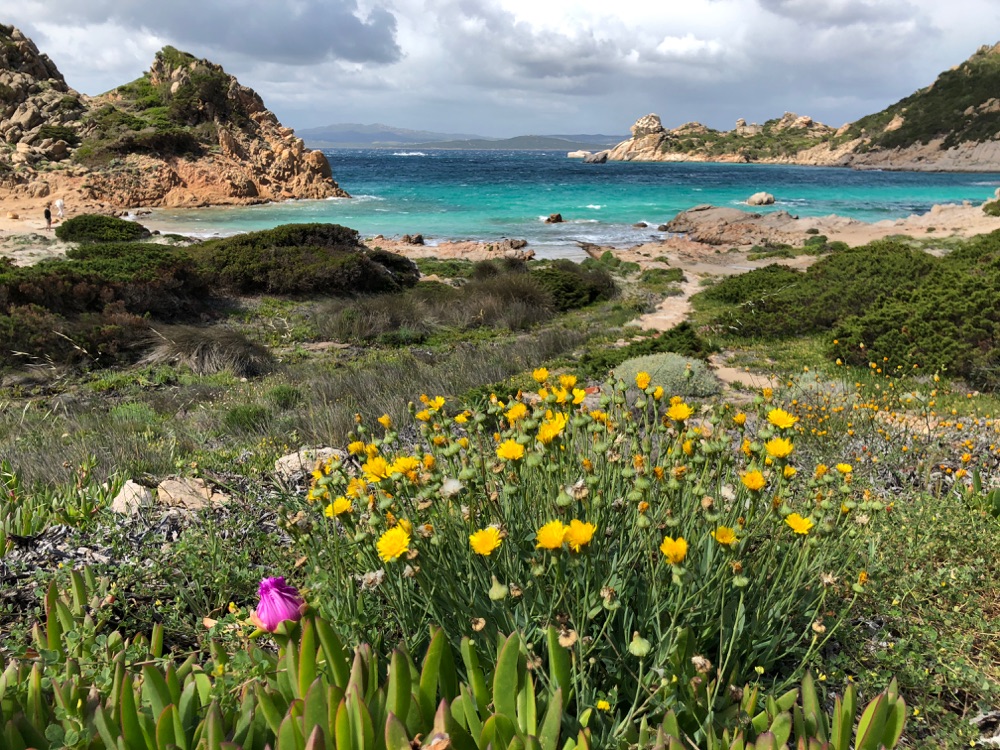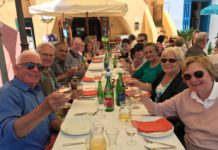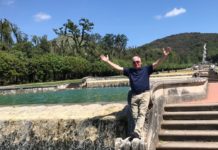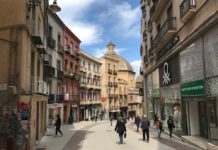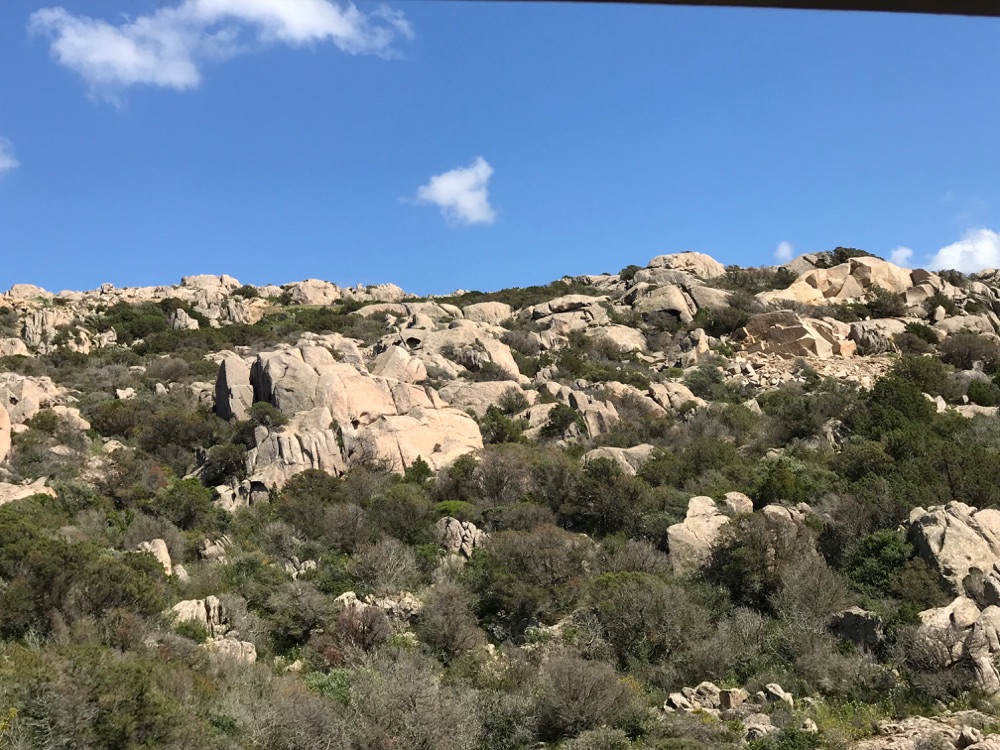
The Sardinia Project was news to me.
I never knew that Sardinia was once a mosquito-infested land where malaria killed hundreds of people every year.
When we arrived in Olbia, the city on the northeast coast of the island, we were shown around by our Sardinian guide, Matteo Pisu.
First, he explained some of the history of the island, starting with the fact that at one time it was virtually uninhabitable because of the devastating problem of malaria.
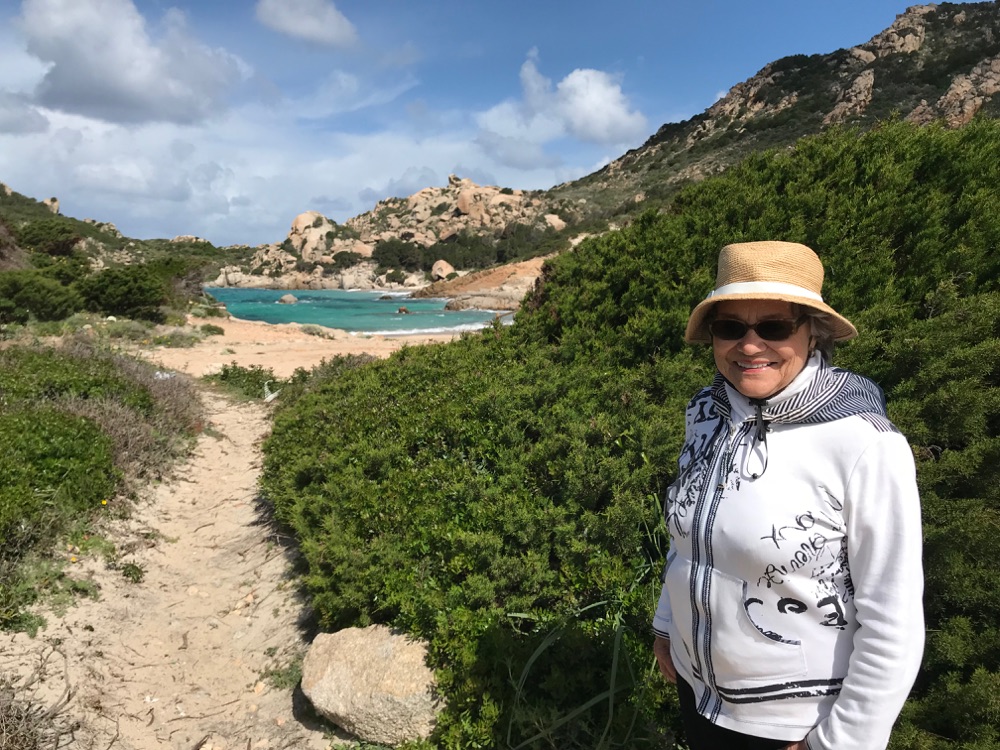
We heard about what Matteo called The Sardinia Project, a program in the late-1940s run by the Rockefeller Foundation to eradicate malaria by spraying with DDT.
Apparently, this killed everything, not just mosquitoes; it also wiped out birds, bees and butterflies. Eventually and very slowly, the island recovered.
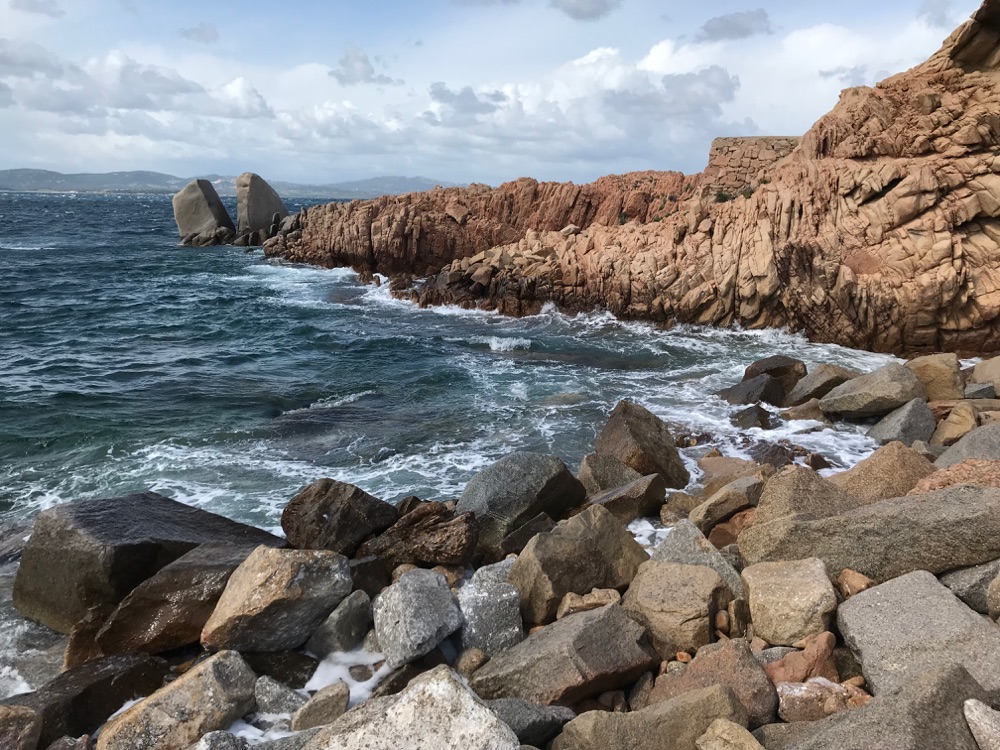
Apparently, the goal to make Sardinia malaria-free and to dramatically reduce the annual death rate was achieved. Today, there have been no fatalities as a result of malaria on the island.
Yes, this was rather grim information to hear when we first arrived, but it was indeed a major part of the island’s history and we were glad to learn about it.
Most of the island has since been able to attract investment and today it has become a popular and luxurious playground for the rich and famous, especially because of its new high-end beach resorts and classy shopping districts with top designer boutiques.
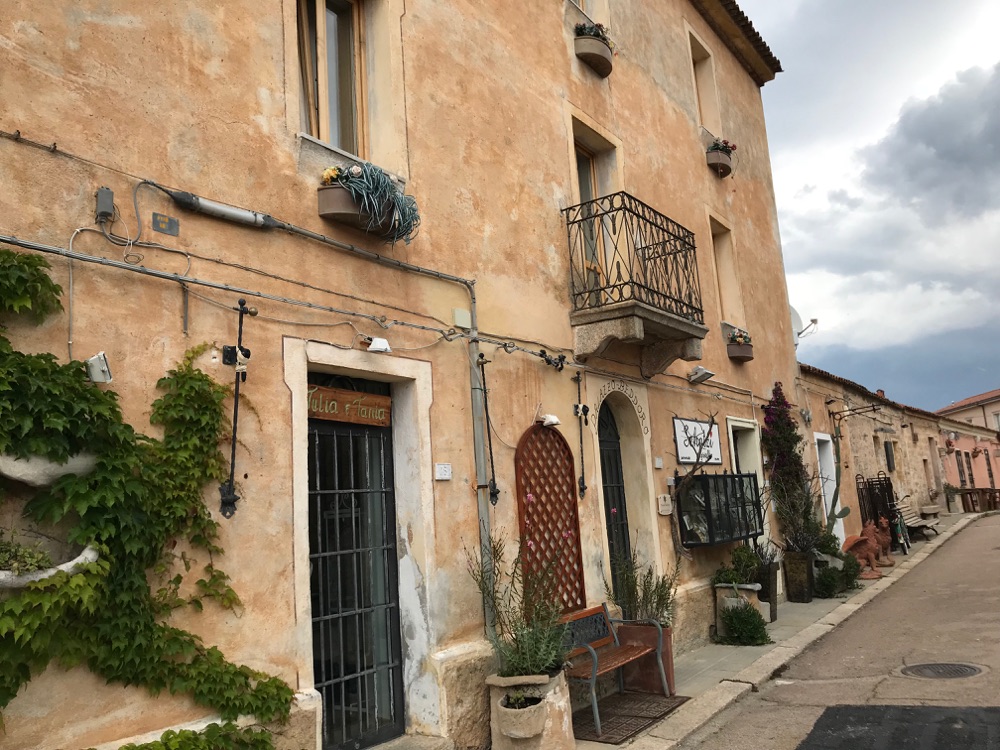
We started our stay with a visit to what Matteo called a “true village” – San Pantaleo, a village where people actually live and die (with a cemetery) unlike villages where the people only come in the summer to holiday but live (and die) elsewhere in their hometowns.
On our way, we got our first look at the beautiful, rugged granite hills.
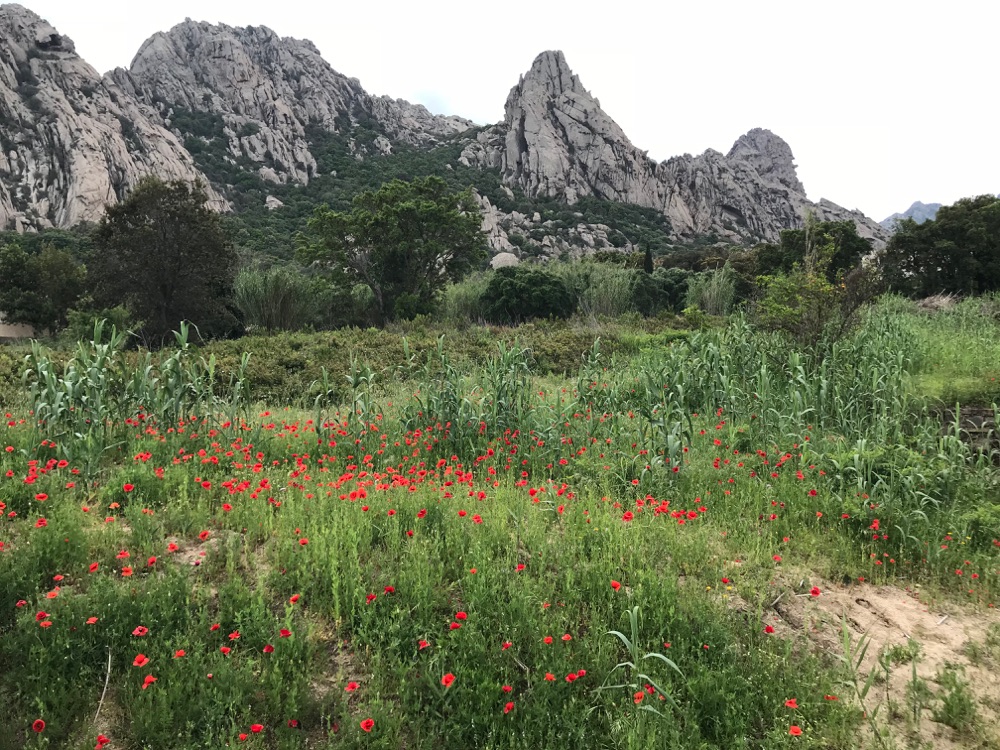
The granite is a light, warm, pink colour rather than cold, darker grey tone. It has been used to build houses and other buildings as well as walls in and around San Pantaleo.
In the village, we enjoyed a pleasant lunch and got to wander around the streets where we found many interesting shops and businesses. The local tourist guides calls this “bohemian ambience”.
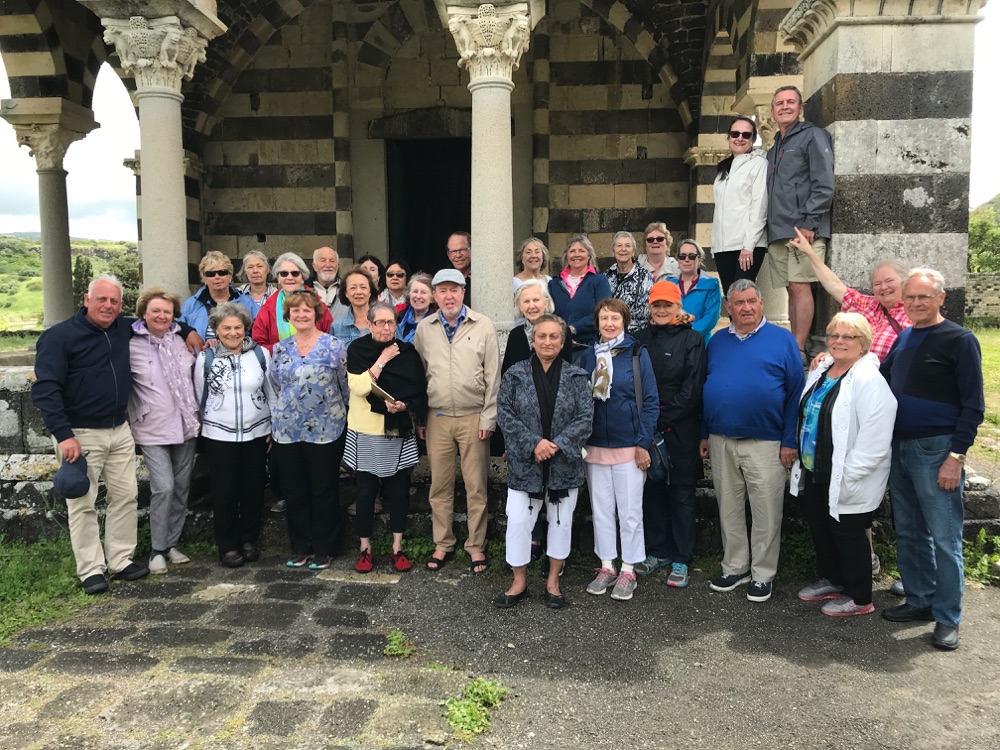
San Pantaleo is located on what is known as the “emerald coast” – Costa Smeralda, a name given to Sardinia’s blue-green coastal waters.
The word “emerald” was chosen in the 1960s by tourism experts because France had already named its southern coast the “blue coast”, Cote d’Azure.
In Olbia, we found a welcoming town centre full of restaurants and coffee shops and boutique/gift shops, all just a few minutes walking distance from our hotel, Grand Hotel President.
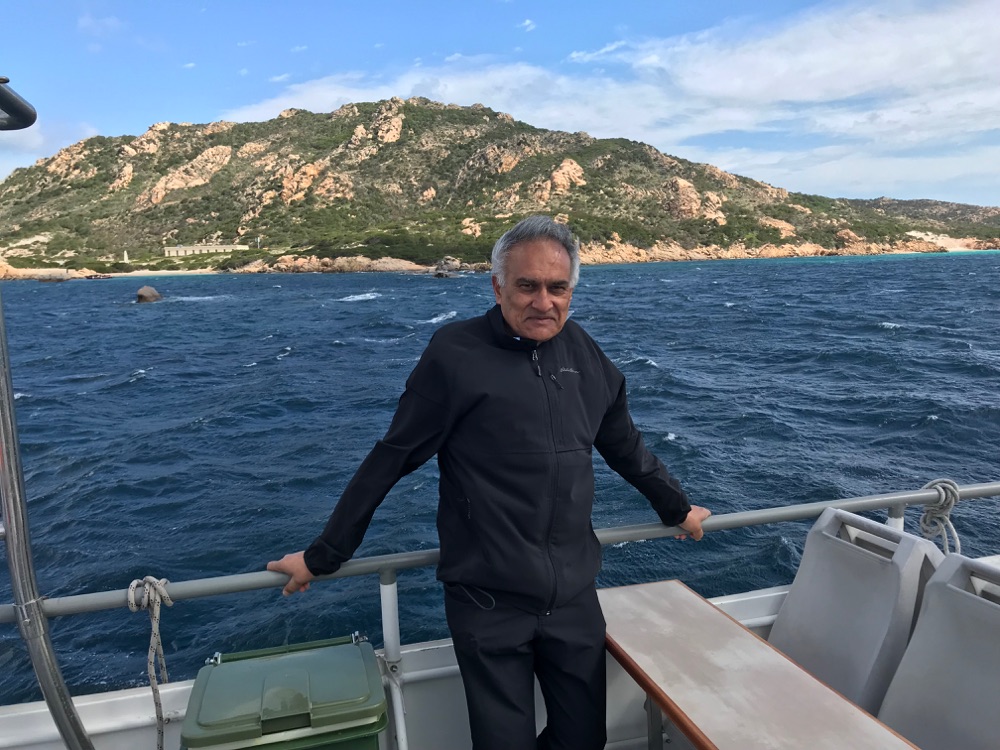
The next day, we headed north to Palau where we took a boat to La Maddalena, but on the way we dipped into some of the beautiful coves and got to land on Isola Spargi.
Other islands in the archipelago include Santo Stefeno, Caprera, Budelli, Razzoli and Santa Maria. They form an extraordinarily beautiful group of islands.
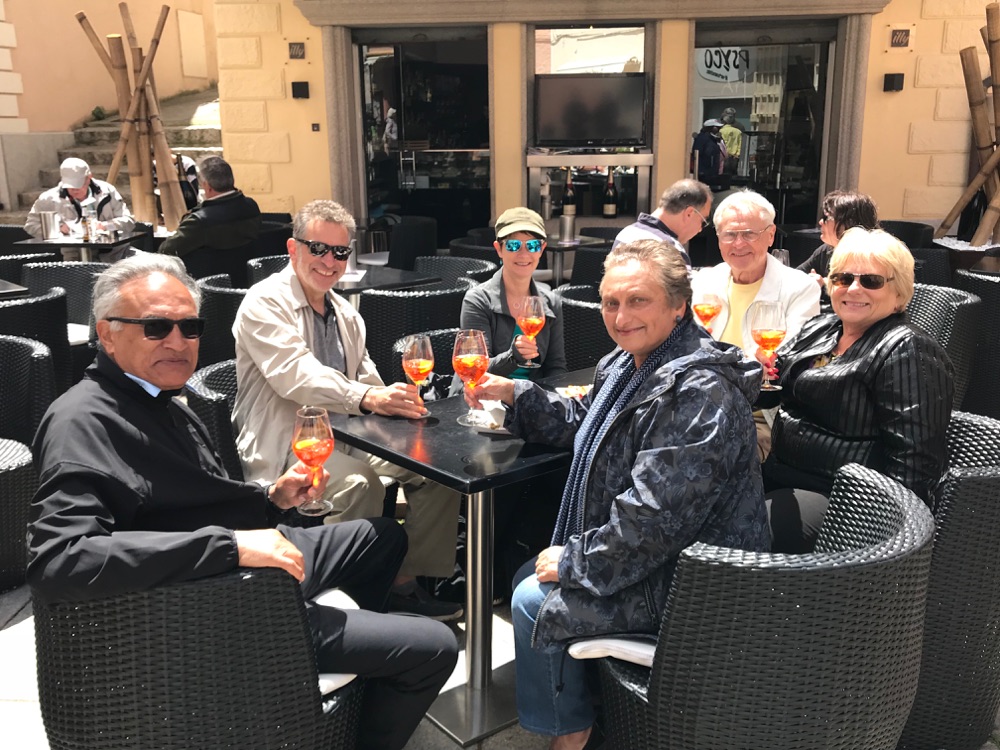
The weather didn’t totally co-operate and the water was choppy because of the wind, but it was still an exhilarating ride and the beautiful scenery was still very enjoyable. When we arrived in La Maddalena, the sun came out.
We wandered the quiet streets and enjoyed time in the delightful coffee shops before heading back to the boat for a pasta seafood lunch.
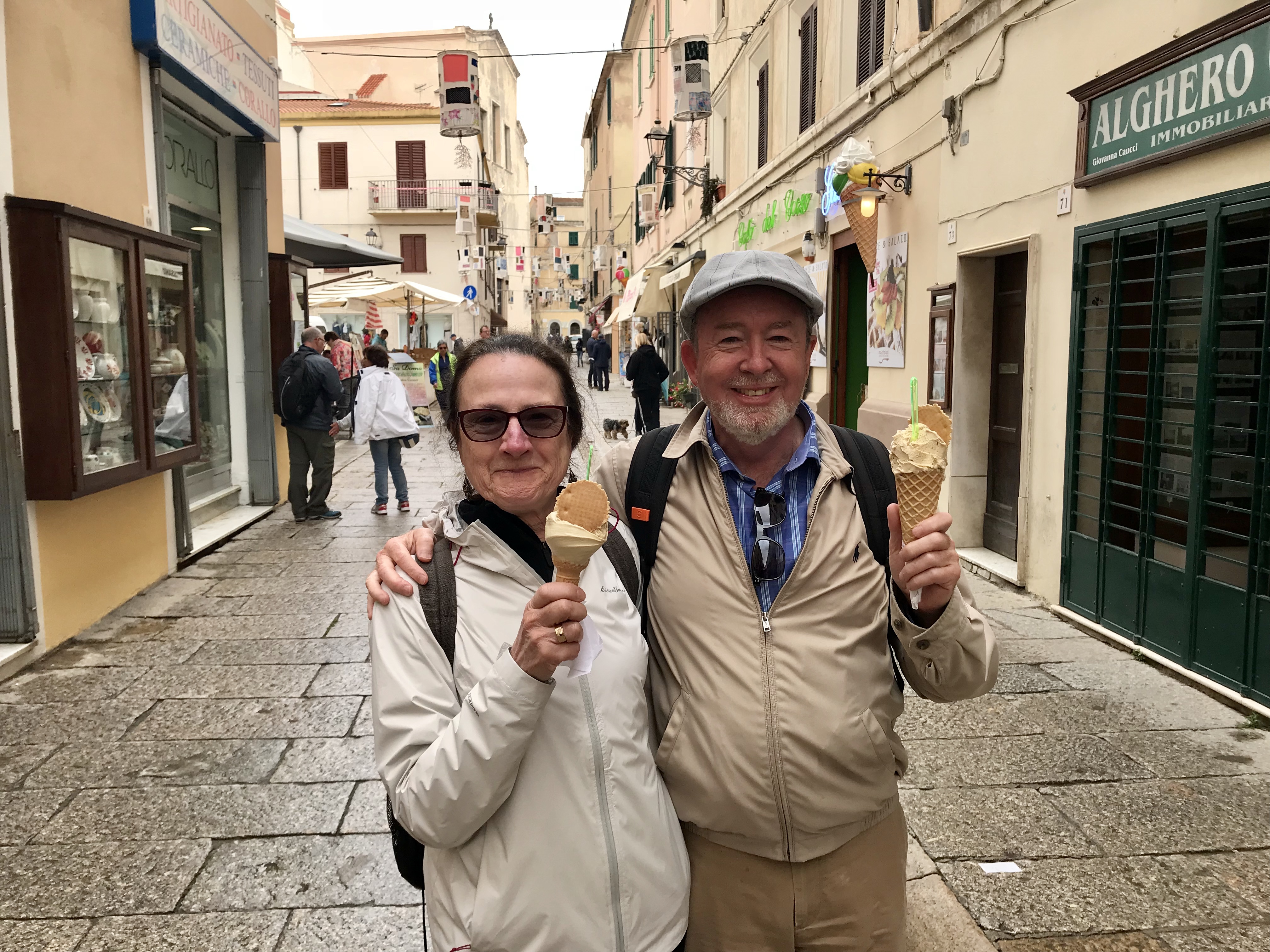
After lunch, we took a tour of the island, from bottom to top, where we got to see some spectacular views of the rugged coastline with its magnificent rock outcroppings.
We discovered many celebrities have holiday villas here and some of the resorts offer high-price vacation cottages.
It was while on La Maddalena that I learned that the Italian general and nationalist Garibaldi was a famous resident of the nearby island of Caprera, the place where he died at 74 in 1882.
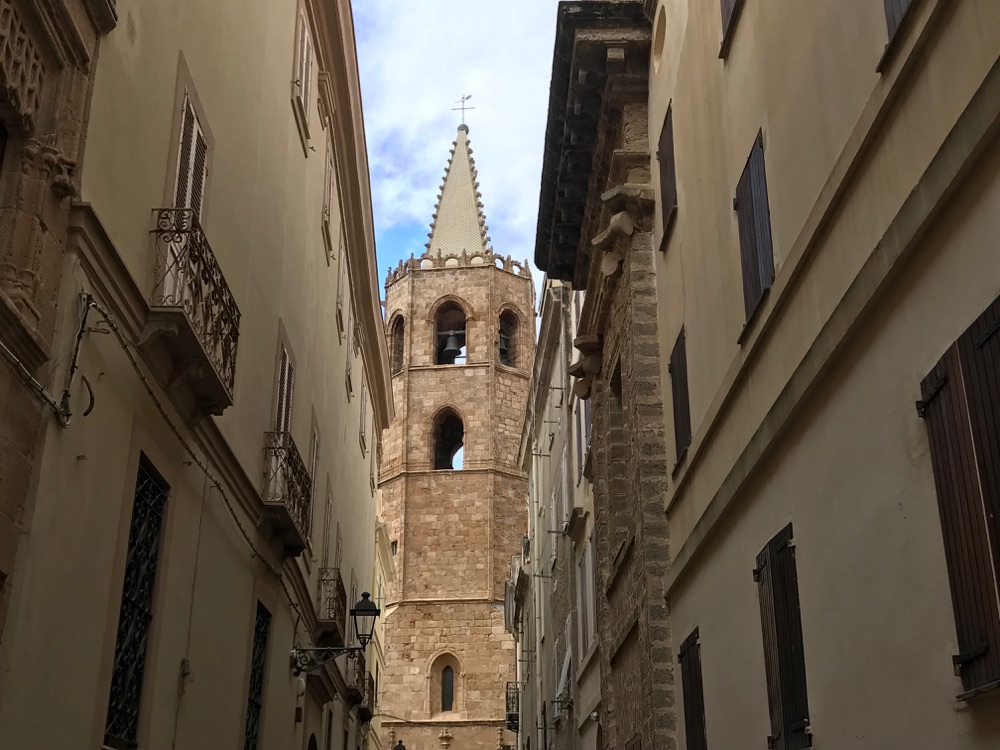
Apparently, Napoleon also had his first military experience on La Maddalena when the French made a failed attempt to take the island.
Nelson was another famous person associated with the island since he was part of the British fleet that hid out in the archipelago to make raids on the French in the late 1700s.
None of this really mattered much to us. We were more interested in the superb scenery that never became boring or humdrum.
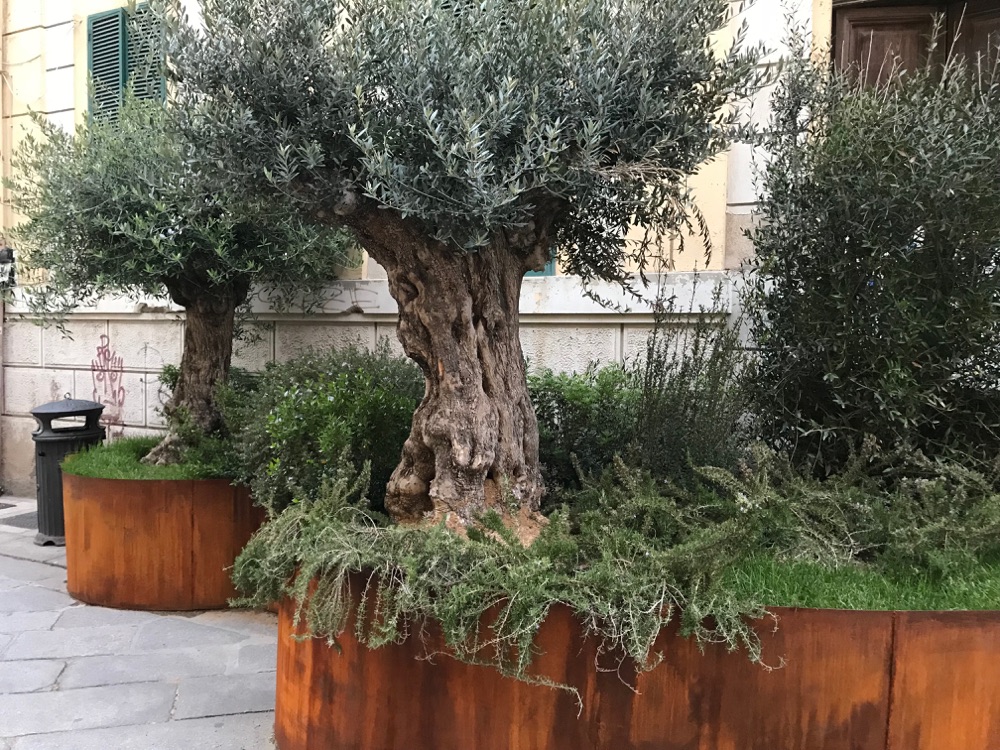
The comparison to Sicily was inevitable.
Some of my group thought Sicily was prettier and had more to offer, but others thought Sardinia’s rugged coast and sparse, warm coloured granite hills had a unique and special beauty. La Maddalena and the surrounding communities have a sleepy, relaxed ambience that we all found very attractive.
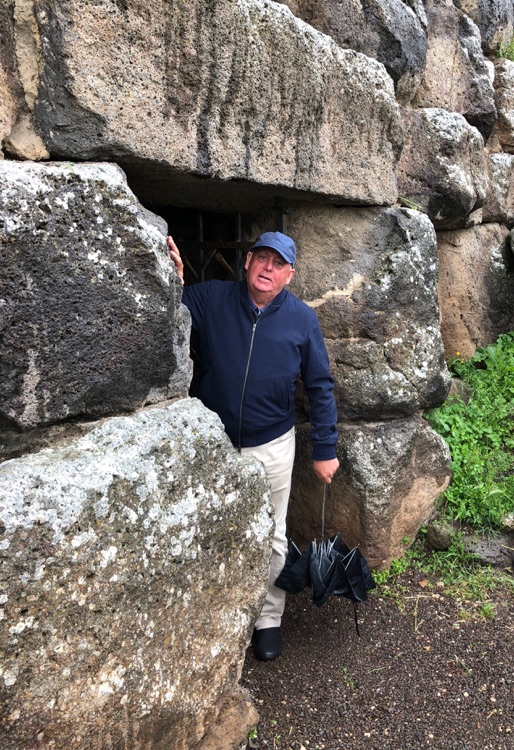
Back in Olbia, we next headed out to explore the northwest side of the island and a little bit of the west coast, stopping first to see one of the oldest and best preserved “nuraghe”, a 4,000 year-old stone fortress/dwelling dating back to 1,800 BC.
The Nuraghi who built it were a people who wore antler-like headgear and had a reputation for being ferocious raiders who plundered other groups around the Mediterranean, rather like the Vandals.
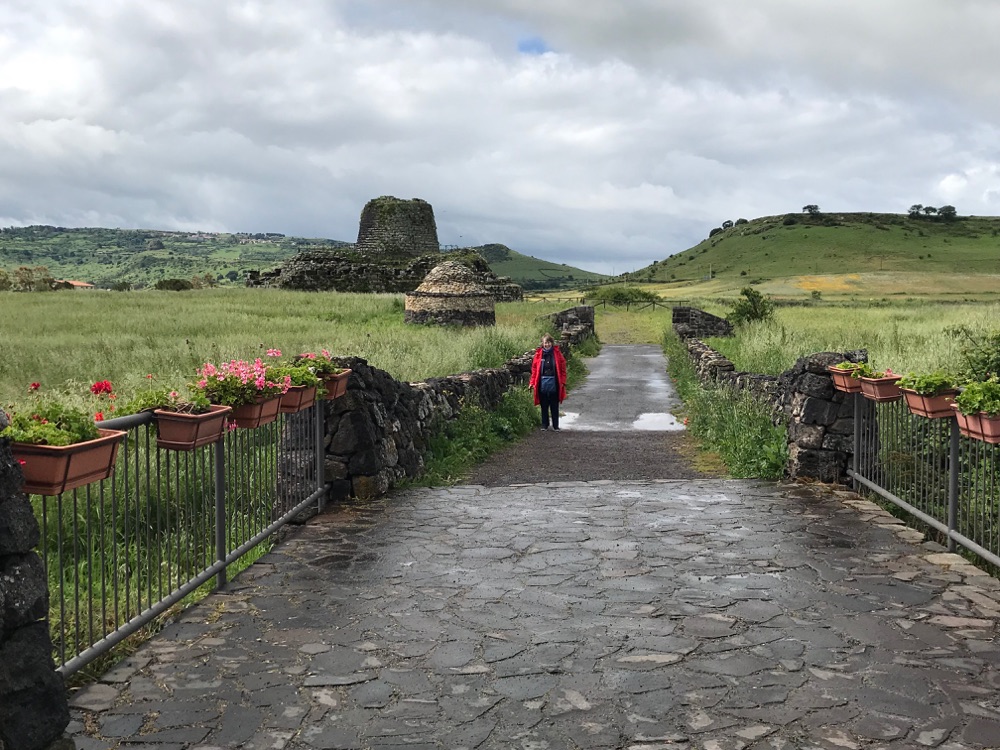
There are the remains of 7,000 nuraghi on Sardinia. Inside the one we visited we found high gothic-like ceilings.
The whole building with its round tower-like shape is constructed of large rocks, some of it volcanic from a now extinct volcano, as well as basalt, piled carefully on top of one another.
Nuraghe was a word none of us had in our vocabulary before coming to Sardinia. Now we feel a lot more knowledgeable about this strange and ancient civilization.
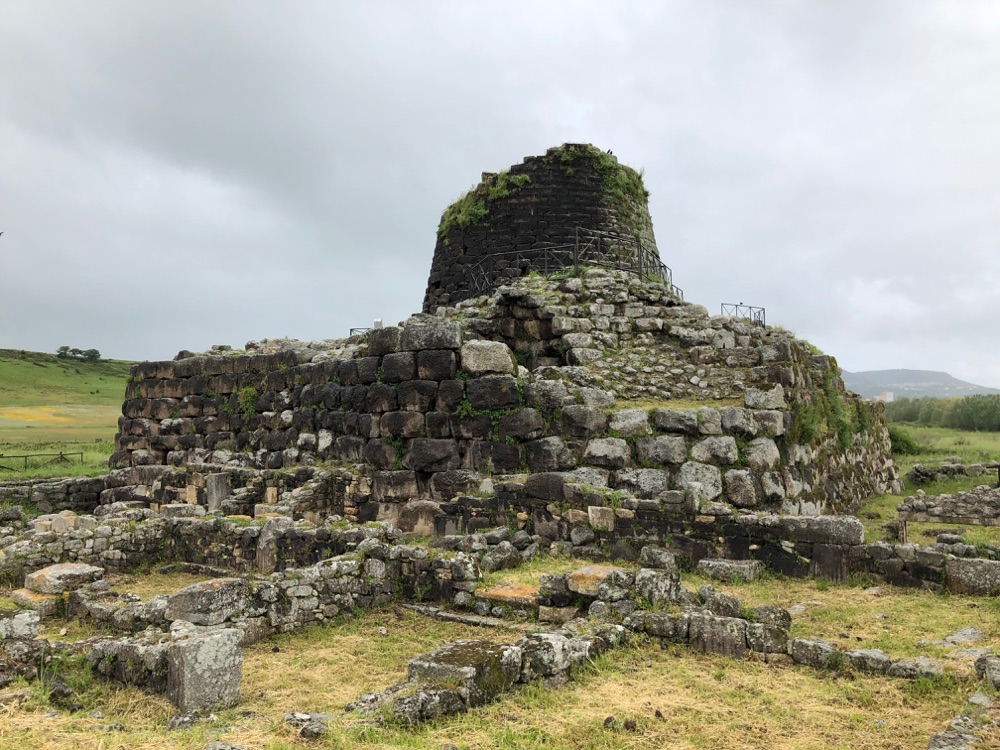
From the nuraghe, we headed on to Alghero, stopping on the way to se Basilica di Saccargia, a church/monstary site that dates back to the 12th century and is constructed entirely out of local black and white stone – black basalt and white limestone.
Standing in the open countryside, this church, with its tall tower, has a powerful presence. Many of the stones were snatched from the monastery over the years by locals to build houses but the Pisane-style church and its lovely bell tower still stands firm.
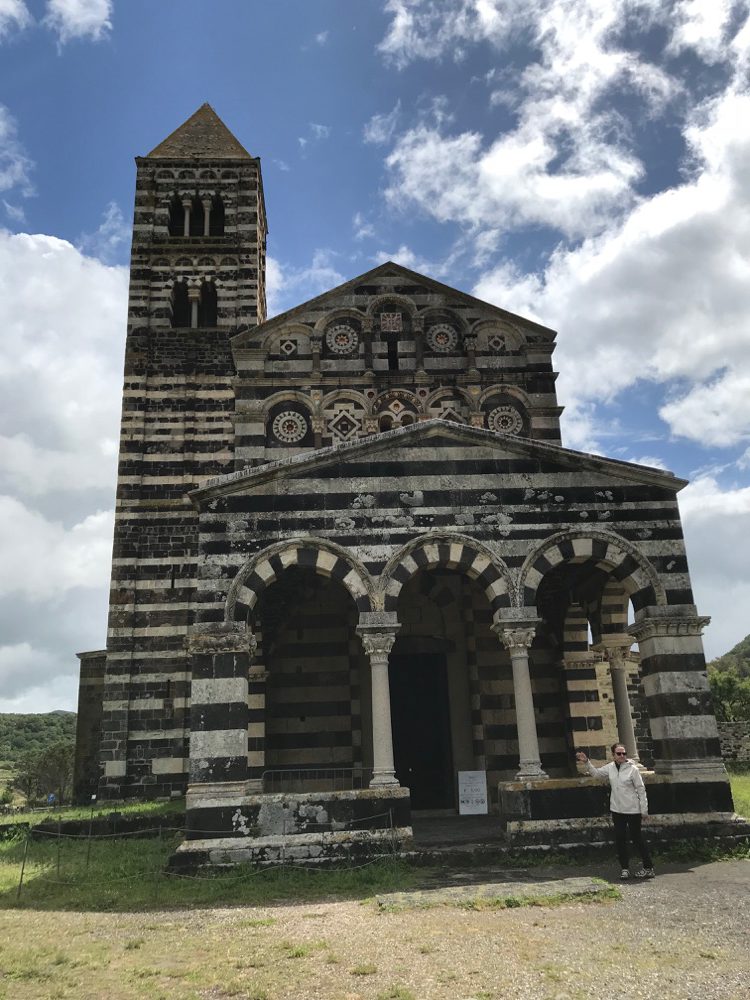
It is believed workers from Lucca in Tuscany were originally brought in to do the building work which is why the church is very similar to the style of cathedrals in Florence and Siena.
In Alghero, we toured the city and walked the city walls where we found giant catapults that were once used to send raiders packing.

The town itself is full of interesting quirky touches. We found many buildings with photo portraits put up of residents who were 100-plus. Apparently, Alghero has more than its fair share of centenarians.
Next we are heading south to explore more of the island.
swhysall@hotmail.com
MORE SNAPS
